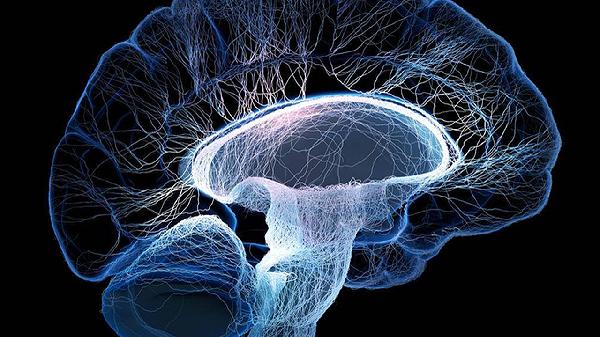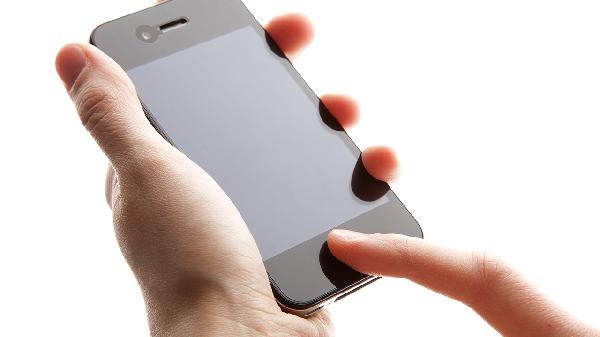Ever had one of those conversations where you just know you’re not on the same page as the other person, but neither of you can figure out why? It’s like speaking two different dialects of the same language—close enough to almost get it, but not quite. That’s the double empathy problem in action, and it’s a big reason why autistic and neurotypical folks keep misunderstanding each other.

The issue isn’t just that autistic people struggle to read neurotypical social cues (though that’s part of it). It’s that both sides have trouble bridging the gap. Neurotypical communication relies heavily on unspoken rules—subtle body language, tone shifts, implied meanings—while autistic communication tends to be more direct, literal, and detail-focused. When these styles clash, frustration builds on both sides.
The Myth of the "Social Deficit"
For decades, autism was framed as a one-sided problem: autistic people lacked "social skills," and the solution was to teach them to act more neurotypical. But research is flipping that script. Studies show that when autistic people interact with each other, communication flows just fine. The disconnect happens when autistic and neurotypical folks try to connect—because both groups are working from different social playbooks.
Imagine a neurotypical person says, "Wow, it’s freezing in here!" and expects someone to offer to close the window. An autistic person might take that at face value—"Yep, it’s cold"—and move on. The neurotypical person feels ignored; the autistic person has no idea they were supposed to do something. Neither is "wrong," but the mismatch leaves both feeling confused or even hurt.
Why Small Talk Feels Like a Minefield
Neurotypical small talk isn’t really about the words—it’s about vibes. "How’s it going?" is code for "I acknowledge your existence and am being polite." But for many autistic people, that question is an invitation to actually explain how it’s going, which can lead to oversharing or awkward silences when the neurotypical listener wasn’t prepared for a real answer.
On the flip side, autistic bluntness can catch neurotypical people off guard. If an autistic person says, "That shirt doesn’t suit you," they might just be stating an observation—no malice intended. But neurotypical culture often treats honesty as rude unless it’s sugarcoated, so the comment lands harshly.
The Hidden Effort of Code-Switching
Many autistic people learn to "mask"—mimic neurotypical behaviors to fit in—but it’s exhausting. It’s like performing a one-person play 24/7, constantly second-guessing whether you’re "doing it right." Meanwhile, neurotypical people rarely have to adjust their communication style, which can make autistic struggles seem invisible.
But here’s the kicker: neurotypical folks also struggle when they enter autistic spaces. Suddenly, the unspoken rules they rely on don’t apply, and they might feel lost or even offended by the directness. That’s the double empathy problem at work—it’s not a one-way street.
How to Bridge the Gap
The solution isn’t forcing autistic people to "act normal" or expecting neurotypical people to become mind readers. It’s about both sides meeting in the middle:
At the end of the day, the double empathy problem isn’t about fixing anyone—it’s about recognizing that communication is a two-way street. And maybe, just maybe, both sides could stand to learn a little from each other.
























